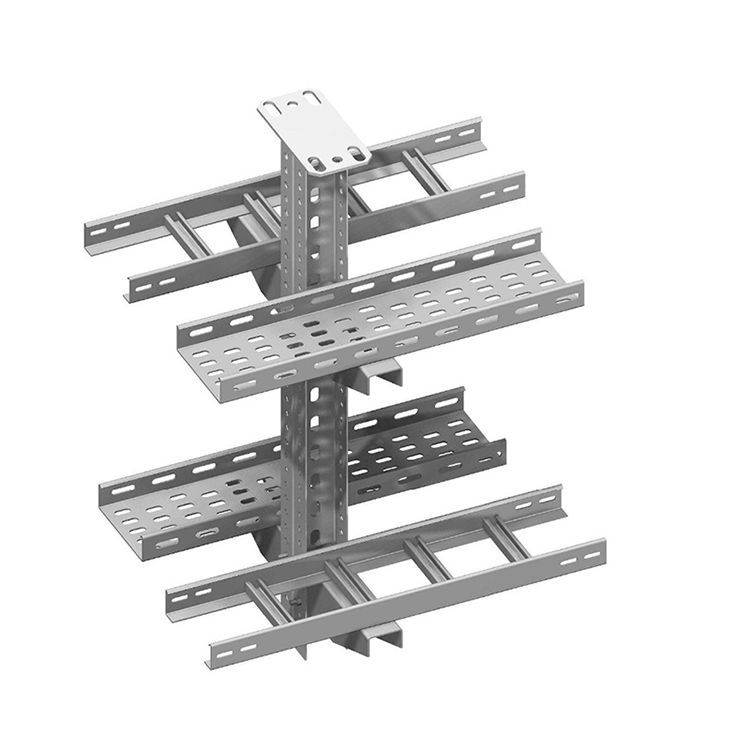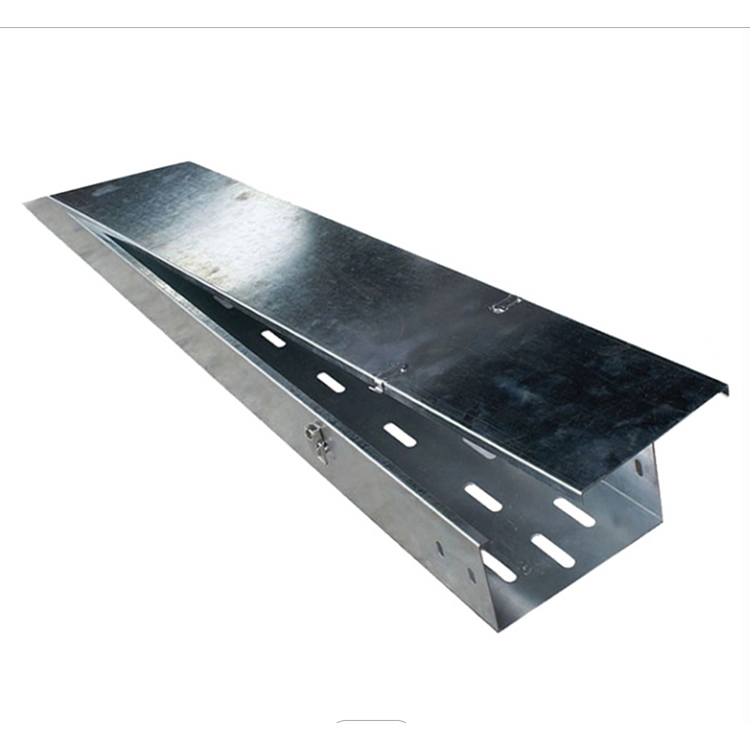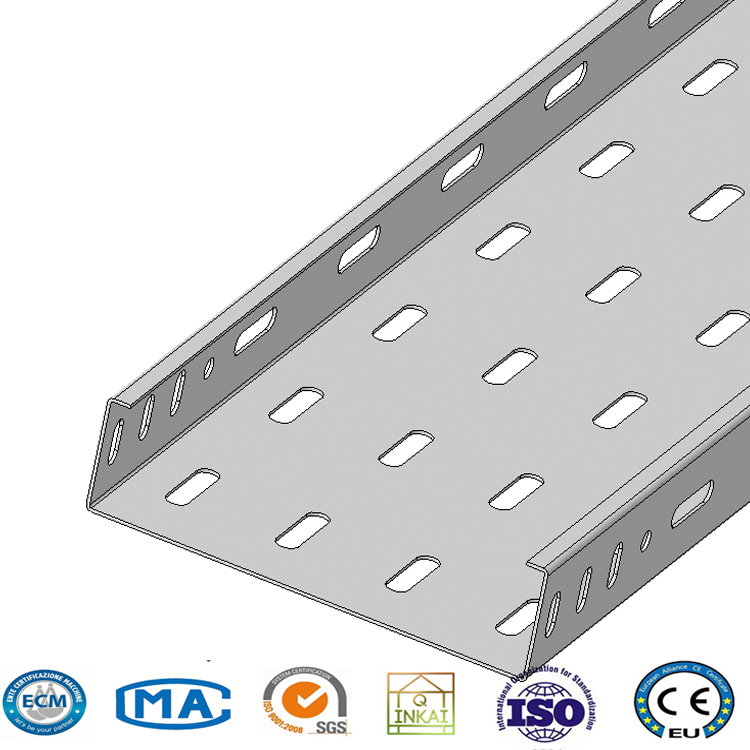When it comes to managing cables in a commercial or industrial environment, two common solutions are cable troughs and cable trays. While both serve the same purpose of organizing and protecting cables, there are important differences between them. Understanding these differences is critical to choosing the right solution for your specific needs.
Cable duct, also known as cable duct, is a system that encloses cables in a rigid structure, usually made of PVC, steel or aluminum. This construction protects against impact, moisture, and other environmental factors. Cable ducts are typically used in indoor environments where cables need to be neatly organized and protected. Wiring trunking can be installed on the wall or ceiling, or even recessed into the floor to provide a seamless and uncluttered look.
Cable trays, on the other hand, are open, ventilated structures that allow cables to be laid out in a grid pattern. They are usually made of steel, aluminum or fiberglass and come in a variety of shapes and sizes to suit different types of cables and the layout of the installation area. The open design of the cable tray provides excellent ventilation and allows easy access to cables for maintenance and modifications. Cable trays are commonly used in industrial environments such as factories and warehouses where large volumes of heavy cables need to be efficiently managed.
One of the main differences between cable trays and cable trays is their design and the level of protection they provide to enclosed cables. Cable trunking provides a high level of protection as the cables are enclosed within a solid structure, thus protecting them from external hazards. This makes cable trays ideal for applications where complete protection of cables is required, such as offices, hospitals or commercial buildings.
Cable trays, on the other hand, offer less protection because the cables are exposed within the open structure. However, the open design of cable trays provides better ventilation and allows easier access to cables for maintenance and modifications. This makes cable trays more suitable for industrial environments where efficient cable management and easy access to cables in large, complex environments is a priority.
Another major difference between cable trough and cable tray is their installation and maintenance requirements. Cable ducts are generally easier to install because the enclosed construction provides a more enclosed and simple installation process. However, accessing and modifying cables within a trunking can be more challenging, as it often requires dismantling the entire length of the trunking to make changes.
Cable trays, on the other hand, are more versatile and provide easier access to cables for installation and maintenance. The open design of the cable tray also allows for better air circulation around the cables, reducing the risk of overheating. However, the installation of cable trays can be more complex as they require careful planning and support structures to ensure proper cable management.
In summary, while cable trays and cable trays are both used to organize and protect cables, they are designed for different applications and provide different levels of protection and accessibility. Understanding the differences between the two solutions is critical to choosing a system that suits your specific needs. Whether it’s enclosed protection for cable troughs or open access for cable trays, there’s a solution for every cable management requirement.
Post time: Mar-06-2024



